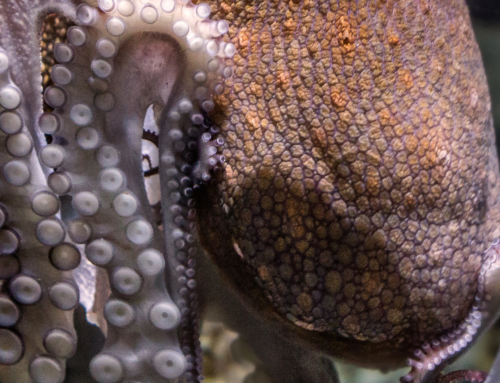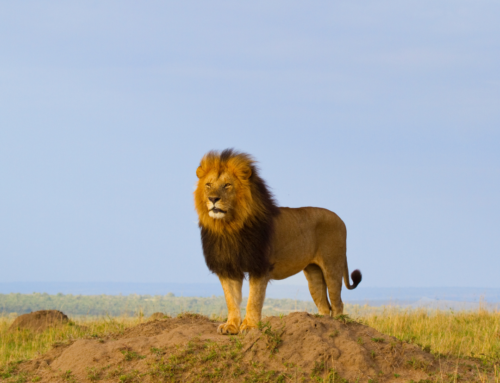I drive by this veterinarian animal hospital everyday on my way home. Recently, the logo on the sign made think – “A Hospital for Animals“. What if we could offer “A Planet for Animals” without all the damage and harm human beings inflict on virtually every species of animals on earth. Well that unfortunately is not a viable option at this point but it got me thinking about what are possible solutions for creating a better planet for humans and animals to coexist.
The challenge of creating a sustainable coexistence between humans and animals on a planet with limited space or resources is complex. If we imagine a scenario where the planet is too small, we could be facing issues like overpopulation, resource depletion, environmental degradation, or limited ecosystems. In such a case, there are a few possible options or strategies to address the situation, which might involve technological, ecological, and societal solutions:
1. Technological Solutions:
- Urban Vertical Farming & Agricultural Innovation: If space is limited, advanced farming technologies like vertical farming, hydroponics, and lab-grown meat could help provide food for both humans and animals without requiring vast amounts of land.
- Biodome or Habitat Domes: In extreme cases, building enclosed, self-sustaining habitats or biodomes for animals could provide safe environments for them while minimizing their impact on the larger ecosystem. These habitats could include controlled environments that simulate natural conditions.
- Artificial Ecosystems: Advanced biotechnology could help create artificial environments that sustain a variety of species in isolated, controlled areas. For example, creating small-scale, sustainable ecosystems (biomes) where animals can live without disrupting the rest of the planet.
- Space Colonization or Off-Planet Habitats: If the planet itself is too small to support both humans and animals, the long-term solution might involve expanding to other planets, moons, or space stations. Colonizing other areas of space could reduce the pressure on Earth’s ecosystems.
2. Ecological Management:
- Selective Preservation and Species Management: If the planet’s resources are insufficient, conservation efforts could focus on preserving certain key species or ecosystems that maintain ecological balance. The idea would be to prioritize biodiversity that supports human survival and the environment.
- Rewilding and Habitat Restoration: In areas where humans are encroaching on animal habitats, large-scale restoration projects could help return land to more natural states, creating sustainable areas for wildlife. In this case, balancing human development with nature conservation would be critical.
- Regulation of Human Impact: Stricter regulations on urban expansion, resource extraction, and pollution could help preserve ecosystems and allow wildlife to coexist with human populations.
3. Social and Cultural Shifts:
- Redefining Human-Animal Relationships: Encouraging a cultural shift toward more ethical and sustainable interactions with animals could help reduce conflict. This might include adopting more plant-based diets (to reduce the demand for livestock), supporting wildlife conservation efforts, and developing more harmonious ways to integrate animals into human spaces.
- Education & Awareness: Educating both the public and policymakers about the interconnectedness of humans, animals, and the environment could inspire collective efforts toward sustainability, including better protection for endangered species and ecosystems.
- Resource Allocation & Sharing: Creating a more equitable distribution of resources, where humans and animals can coexist without one group overwhelming the other, might involve new models of resource sharing. This could include rethinking ownership, land use, and consumption patterns.
4. Behavioral Adjustments:
- Population Control for Humans: If human overpopulation is a major issue, some could advocate for measures to control human population growth through voluntary family planning, education, and policies that encourage sustainability.
- Dietary Changes: Reducing the human demand for animal products (such as meat, dairy, and leather) through dietary shifts (e.g., plant-based diets) would free up more resources for wildlife, as agriculture (especially livestock farming) has significant environmental costs.
5. Extreme Solutions:
- Genetic Engineering or Synthetic Life: Advances in genetic engineering or synthetic biology might allow us to create new forms of life that are more compatible with limited space or resources. This could potentially involve creating genetically modified animals that require less space and resources or even replacing some animal functions with robotic counterparts (e.g., robots designed to mimic animals for ecological roles).
- Population Segregation (in the Long Term): If there are insurmountable conflicts between human and animal populations, society might need to consider a more extreme, segregated approach where humans and animals are kept in separate, specialized environments. This could involve large-scale relocation, either by controlling human expansion or by establishing sanctuary zones for wildlife, ensuring both humans and animals have the resources they need to survive.
6. Ethical Considerations:
- In any of the above scenarios, there would be significant ethical dilemmas to address. Questions about the rights of animals, the fairness of resource allocation, and the moral implications of controlling populations or using technology to “solve” the problem would need to be thoroughly examined. Finding ethical solutions would likely require input from a broad spectrum of society, including ethicists, environmentalists, policymakers, and the public.
Ultimately, if the planet is too small to support both humans and animals, the key to survival would lie in balancing human needs with environmental sustainability, possibly through technology, rethinking societal values, and a collective effort to protect the natural world.




